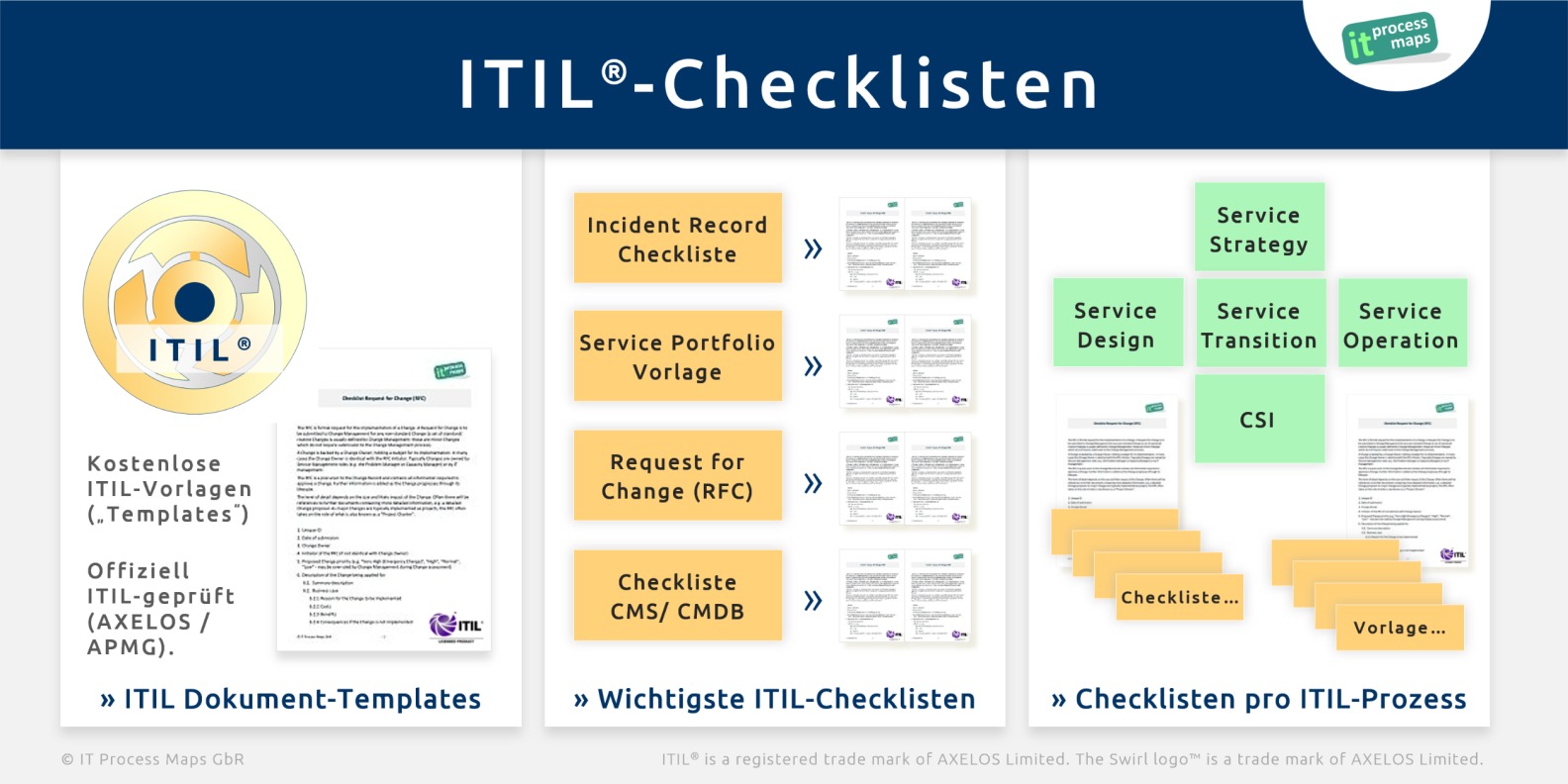Problem Gambling Severity Index 3,3/5 4681 reviews
- Using data collected as part of the Treatment Needs and Gap Analysis programme of research, GambleAware has worked with UCL to produce maps of Great Britain which show the prevalence of problem gambling severity in each Local Authority area, as identified using the Problem Gambling Severity Index (PGSI), as well as maps showing Consumer Indicator Data including accessibility to.
- Fact sheet 3: Problem Gambling Severity Index (PGSI) Victorian population gambling and health study 2018–2019 May 2020 Download (PDF — 840.5 KB) Summary. This fact sheet explains what the PGSI is, the list of questions included in the PGSI, the four categories of gambling behaviours, and general findings based on PGSI characteristics in.
Problem Gambling Severity Index (PGSI) This self-assessment is known as the Problem Gambling Severity Index (PGSI). The PGSI is a reliable and standardised measure of at risk behaviour in problem gambling. It is a tool based on research on the common signs.
The Problem Gambling Severity Index (PGSI) is the standardised measure of at risk behaviour in problem gambling. It is a tool based on research on the common signs and consequences of problematic gambling. Assessing where your client is now can help you make informed decisions on how to assist them.
- How does it work?
The PGSI quiz asks participants to self-assess their gambling behaviour over the past 12 months by scoring themselves against nine questions. The response options attract the following scores:
- never (score: 0)
- rarely (score: 1)
- sometimes (score: 1)
- often (score: 2)
- always (score: 3)
- The categories are:
- non-problem gambler
- low-risk gambler
- moderate-risk gambler
- problem gambler.
It is important to note that categorisation through the PGSI is not the same as clinical diagnosis, which requires assessment by a clinician.
Screens similar to the PGSI are also used to investigate other health issues, such as alcoholism and anxiety.
- What do the categories mean?
Non-problem gambler - Score: 0
- Non-problem gamblers gamble with no negative consequences.
Low-risk gambler - Score: 1–2
- Low-risk gamblers experience a low level of problems with few or no identified negative consequences. For example, they may very occasionally spend over their limit or feel guilty about their gambling.
Moderate-risk gambler - Score: 3–7
- Moderate-risk gamblers experience a moderate level of problems leading to some negative consequences. For example, they may sometimes spend more than they can afford, lose track of time or feel guilty about their gambling.
Problem gambler - Score: 8 or above
- Problem gamblers gamble with negative consequences and a possible loss of control. For example, they may often spend over their limit, gamble to win back money and feel stressed about their gambling.
Problem Gambling Severity Index Interpretation


Take your client through the PGSI quiz
You experience few, if any issues with your gambling.

Problem Gambling Severity Index Pdf
You could be starting to experience some issues with your gambling.
You are experiencing issues with your gambling on a regular basis and it’s time to take action.
| User Information | |
|---|---|
Acronym: | ASI-G |
Author/Developer / Address: | Öberg, D., Sallmen, B., Haack, M.J., & Bergman, H. |
Publication dates: | Version 1. 1999-10-02 |
Description / Type of Assessment: | Screening of problems with gambling. |
Primary use / Purpose: | Clinical and research use. Treatment planning |
Domains measured / Life Areas / Problems Assessed: | Gambling dependency/misuse and problem gambling |
Population: | Clients within different sectors of care, for example: social services, drug and alcohol treatment, prison and probation, psychiatric care and somatic care |
Administration / Completion Time: | 20 minutes |
Scoring Procedures: | Profiles |
Scoring Time: | 10 minutes |
Credentials/Training: | 2 hours training for interviewers, previous knowledge in ASI-methodology |
Source of Psychometrics: | |
Languages: | English, Dutch/Flemish and Swedish. |
Availability / Inquiries: | David Oberg, tel: +31-43-343 86 26, e-mail: davidoberg@rocketmail.com |
Price: | Free of charge for registered users |
Practicability / usefulness: | Screening, treatment planning, discharge planning |
Comments: | ASI-G is a development of previous instruments of gambling problems, using the ASI-structure like the ASI R - Gambling section (Hendrikas, V.M and Blanken, P.) and on the ASI Goksectie (Hartgers, C. and Koeter, M). The instrument is developed for international usage and research. |
Addiction Severity Index - Gambling